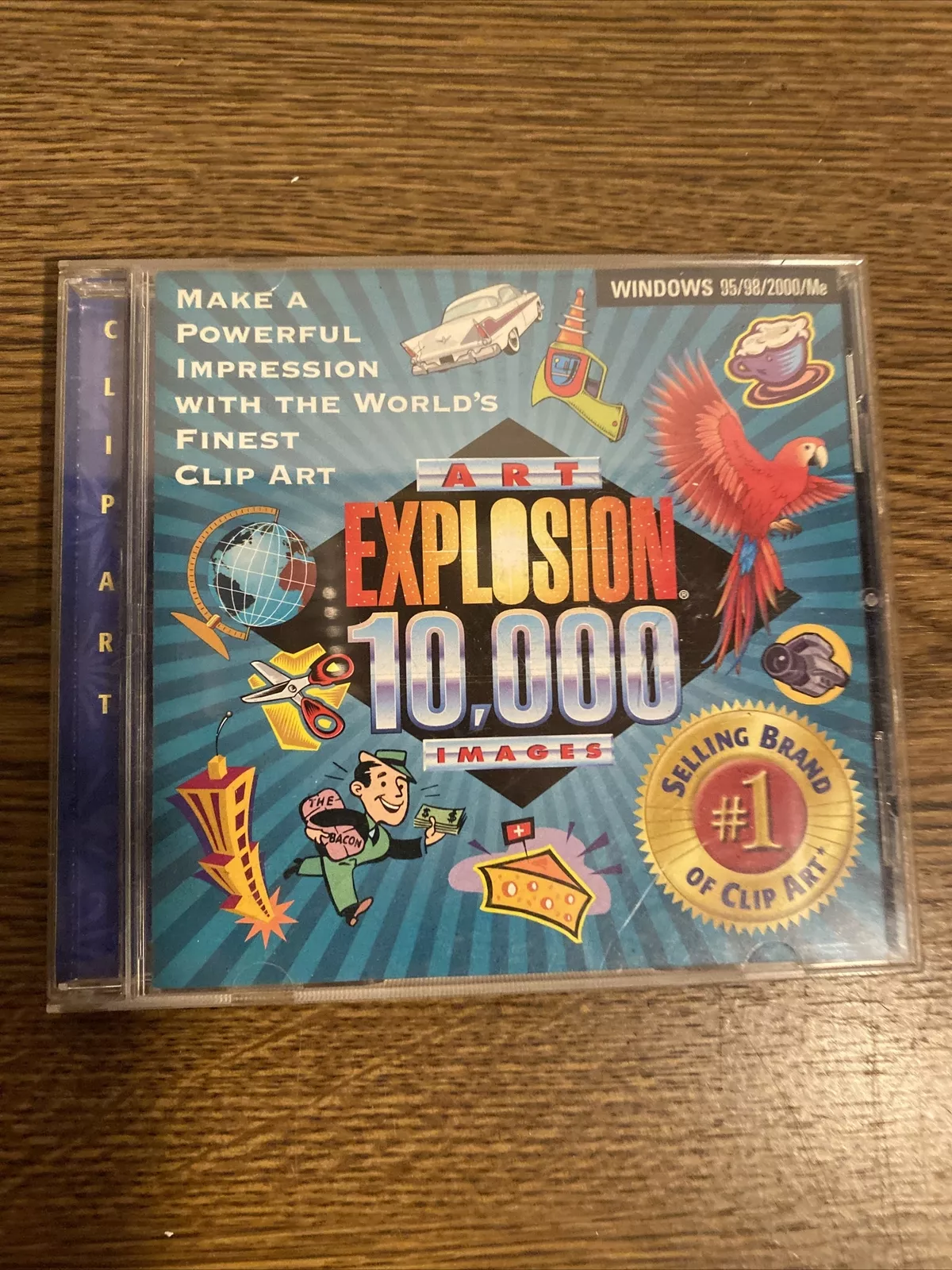Your Agile Transformation Deserves More Than an Outdated Slide Deck
Let’s be real—most Agile training materials aren’t exactly winning any design awards.
If your Agile CoE is like most, your training decks might look like they were created with clipart from the 90s. (The kind that came on a jewel-cased CD featuring an explosion of 1,000 “business professional” cartoons). We’ve all seen the decks with mismatched fonts, skewed and pixelated images, or slides so overloaded with text that they might as well be a user manual.
The Problem with DIY Agile Training
Even the most experienced, rock-star Agile Coaches aren’t usually instructional designers. Yet they’re often asked to plan, write, design, and deliver training anyway—despite it requiring different disciplines that take intention, structure, and a deep understanding of how people learn.
Unfortunately, this can lead to:
- Off-brand, inconsistent slide decks that disregard the corporate brand and style guide.
- Images without proper usage rights (hello, potential legal issues).
- Illegible, text-heavy slides that overwhelms learners instead of engaging them.
- No real instructional flow— scattered and disconnected concepts that don’t resonate, leaving learners confused and learning poorly retained.
- Overwhelmed (yet somehow under-stimulated) learners who leave the training unsure how to apply the concepts in practice.
We can’t expect employees to apply learnings if content is hard to read, difficult to follow, and lacks relatable activities that drive engagement and retention. When organizations are investing thousands of hours training thousands of employees, it’s not just inefficient—it’s a costly, and ultimately futile mistake.
Meaningful Agile Training Requires More Than a PowerPoint Deck
Agile transformations don’t just happen because people sit through a training session. The way Agile training is structured, designed, and facilitated matters just as much as the content itself.
Effective Agile training should:
- Align with your company’s brand and messaging—not look like it was thrown together last-minute.
- Follow instructional design principles—so learners actually retain and apply what they learn.
- Be structured for engagement—because Agile is about interaction and collaboration, not passive slide reading.
PowerPoint Tips:
- Balance text and visuals. A wall of text will be uncomfortable to read, while too much imagery will seem unfocused.
- Enhance your content through your public speaking, but don’t echo it. Use what you’re saying to accentuate the content instead of dryly repeating it.
- Keep the colors balanced. Bright or distracting colors will take away from your message, even if it is part of your company’s identity.
- Ensure that fonts are legible. Avoid using text that’s too large and make sure that it can be read from anywhere in the room where you are presenting.
- Use charts and graphs, but sparingly. Too much data presented as visuals can be information overload.
- Limit text to the 6×6 rule. It can feel like there are a lot of rules for making a PowerPoint presentation, but they’re all there to help you make a well-organized and engaging presentation. The 6×6 rule suggests that you don’t use more than six lines or bullet points on each slide and limit each line or bullet point to six words. Following the 6×6 rule helps to ensure that you’re limiting the amount of information on your slides so you can continue to present it rather than have your audience read it.
- Use visuals instead. Visuals like graphics, animated gifs, and videos can help to keep your audience engaged. Including visuals with your presentation will also help you limit the amount of time and content on each slide. A graph or illustration on the right side of your slide limits the amount of space you have on the left side. This can help to minimize the amount of text you have. Source: Microsoft 365 Life Hacks
- Design to avoid cognitive overload. Did you know that humans are unable to effectively listen and read at the same time? This is because we use the same cognitive channels (specifically, the auditory/verbal channel of working memory) for both reading and verbal processing? Therefore, your learners can either read the slide, listen to you, or only do part of both—each poorly—as a result of cognitive overload. So you can ensure they hear you by simplifying the verbiage on your slides.
- Design your slide for distracted viewers. While we are not designing academic presentations, this article by the National Library of Medicine about designing academic presentations is chock-full of great tips for effective presentation layouts.
More: 10 Rules for Effective Pesentation Slides
A Smarter Approach to Agile Training
If your Agile coaches are stretched thin, you wouldn’t want to pour more time and effort into designing training from scratch—especially when that’s not your team’s core skill set.
Agile LifeWorks Training Packages are ready-to-use, fully modular Agile training courseware designed for scale.
- Agile training decks that look professional and follow corporate branding guidelines.
- Facilitation guides so your internal trainers can run engaging sessions without guesswork.
- Mural board templates for interactive learning.
- A structured Train-the-Trainer session to ensure consistency and quality in delivery.
- Survey questions to measure learning impact and adjust based on real feedback.
Your Agile Transformation Deserves More Than a Haphazard Slide Deck
When Agile transformations stall, it’s often because training isn’t taken as seriously as coaching. But training is just as critical as coaching—because without it, teams don’t get the foundation they need to be successful.
Use your talent wisely. Let your coaches coach, and let Agile LifeWorks handle the training materials.
So, instead of cobbling together a deck that might be off-brand, text-heavy, and forgettable, invest in professionally designed Agile training that actually drives adoption.
Let’s get your teams the Agile training they actually need—without the DIY headaches.
Want to learn more? Let’s chat.

